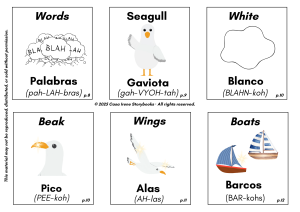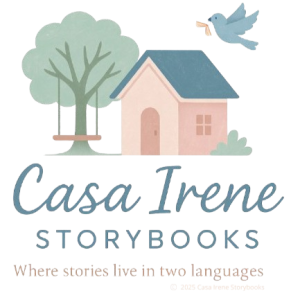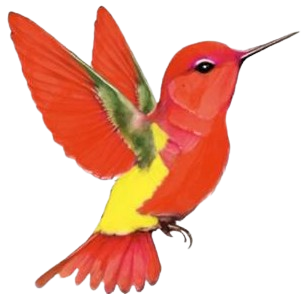5 Tips to Make Bilingual & Translanguaging Storytime Interactive and Memorable
Practical Strategies to Make Bilingual & Translanguaging Storytime Interactive and Memorable
Storytime is always a magical moment, but when it’s done bilingually or with a translanguaging approach, it becomes even more powerful. It’s a chance to value children’s voices, celebrate their cultures, and spark joyful literacy.
Whether you’re reading in Spanish and English, mixing languages naturally, or using a story to spark conversations across multiple languages, here are some practical strategies to make bilingual and translanguaging storytime interactive and unforgettable.
1: Set the Scene with Language Pride
Greet children in different languages:“¡Hola! Hello! Bonjour!” or invite them to share how they say “hello” at home. This small ritual instantly creates an inclusive and welcoming story circle.
📖 Reference: García & Wei (2014) highlight that translanguaging is not about keeping languages separate, but about allowing children to use their full linguistic repertoire naturally.
2: Use Visuals and Props
Children thrive on visuals. Use puppets, stuffed animals, or even homemade props that “speak” in different languages. One puppet might speak Spanish while another replies in English modeling natural language switching.
👉 Example: When reading If I Were a Bird / Si yo fuera un pájaro, invite a puppet to repeat phrases in Spanish while children echo in English or vice versa. You can also use the free flashcards that come with the translanguaging edition to reinforce key vocabulary. 
3: Encourage Active Participation
✅ Echo key phrases in both languages.
✅ Add sound effects like flapping wings or falling rain.
✅ Act out action words with gestures.
This makes children part of the story, not just listeners.
4: Build Bridges Between Languages
Instead of translating word-for-word, focus on concepts. Pause and ask:
-
“What do we call this in English? How do we say it in Spanish?”
-
“Who knows another way to say this word in their home language?”
This validates and celebrates every child’s linguistic knowledge.
5: Extend the Story Beyond the Book
🎨 Art connection: Draw a favorite scene and label it in two languages.
🎵 Music connection: Play a bilingual song related to the story.
🏡 Family connection: Send home a simple activity sheet where families add words in their home language.
Embrace the Joy of Translanguaging
Don’t stress about balancing languages perfectly. The goal is authentic interaction. Children may answer in English even if you read in Spanish, or mix both languages naturally. That’s translanguaging, it’s how bilingual children learn and connect. Bilingual and translanguaging storytime is not about teaching two languages in isolation, it’s about honoring children’s voices, cultures, and ways of making meaning. With a few playful strategies, you can transform storytime into a celebration of linguistic diversity.
✨ Next time you gather for storytime, remember: every “¡Hola!” or “Hello!” opens a door to connection, learning, and joy. 
📥 Download Free Flashcards
-
Link: https://casairenestorybooks.com/wp-content/uploads/2025/08/If-I-were-a-Birds-words-Flashcards.pdf





